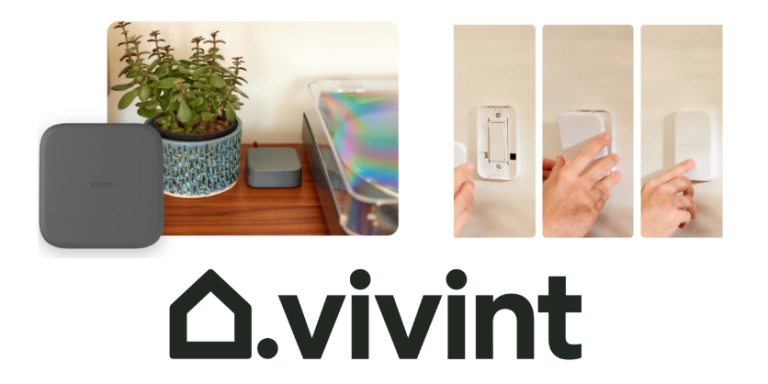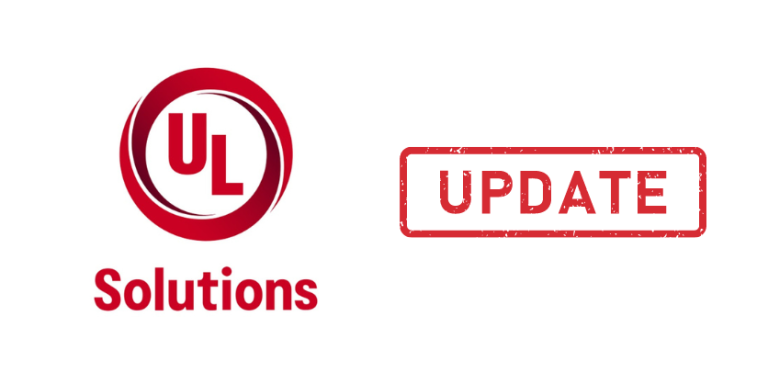Tracking a Moving Target: Keeping Up With MDU Market Shifts


February 4, 2022
Vintage clothing may be making a comeback, but outdated living spaces are not. If your customers include property managers and developers in the ultra-hot multifamily housing sector, staying on top of the innovations in the smart home/smart city area will make you a valuable resource while differentiating your business.
Those simple lighting retrofits, converting properties from fluorescent to LED, may be easy work but it’s not where the profit or the demand is anymore. The multi-dwelling unit (MDU) buildings being built and retrofitted these days feature amenities that weren’t on anyone’s radar 10 years ago — and your understanding of those product developments can generate new revenue streams for property owners and managers.
At the 2022 edition of the Consumer Electronics Show (CES), Kristen Hanich of Parks Associates, asked a panel of experts – Jennifer Doctor of JCI (Johnson Controls); Sean Miller of Griot Technology; Blake Miller of Homebase; and Wannie Park of Zen Ecosystems – to share their observations and predictions regarding this burgeoning market space.
“The expectation for remote working and that where you live is where you work is now in our society,” JCI’s Jennifer Doctor said. “Property managers and building owners see the revenue opportunity of bringing [smart technology] into these units. Working on their energy management, reducing their carbon footprint – which is so critical to the [younger] generations – and offering [smart] services that are almost table stakes now [has become] the progression of the technology and automation” in this space.
Sean Miller of Griot Technology pointed out several areas of value creation for smart properties, the first of which is operational efficiency. “COVID hit and that operational efficiency grew,” he explained. This new era of maintaining social distancing brings an extra layer to the advantages of installing smart lock systems for keyless entry into each unit. This contact-free process allows maintenance crew to handle work orders without inconveniencing the occupants and permits real estate professionals and property managers to show units to prospects without the time-constraints of having to schedule an in-person meeting.
Another new benefit is asset protection. From a property manager’s standpoint, “how do I know what’s going on in my buildings, whether it’s from a security standpoint, energy consumption, or looking for water leaks? All of these things matter, and these smart devices and services help us,” Miller explained, adding, “Between the Great Resignation and less people available to work, there’s a need to make the property management teams more efficient.” Having a smart building is one tool to achieve this.
The ability for property managers to receive relevant data using smart technology in real time is a compelling advantage. “We’re working on integrating appliances. It’s one thing to be able to remote-start your washer or dryer as a residence amenity, but for the operating system side, the management dashboard can get an alert that unit #101 has a leak in the dishwasher. That’s super-helpful and a big win for asset management,” noted Blake Miller of Homebase. “Not only do they get the alert that something’s wrong, but they can immediately do something about it. They can turn that device off to prevent further damage — and, if we take this a step further, detect which part is leaking. This is particularly valuable from the management side when you’ve got a labor shortage and property managers are spread thin.”
Monitoring usage isn’t the only change with energy in the future, soon its origin will be as well. Zen Ecosystems’ Wannie Park predicts a more pronounced shift to clean energy, using wind/solar. “What you’re going to see is this trend taking 50-percent share of the U.S. market in the next 5 to 10 years,” he said, adding, “What that means is regulatory funding and opportunities for service providers to create value and even arbitrage.”
When asked what they expect to see in the MDU space in 2022, the panelists had several concerns and focal points. “It’s not just supply constraints. I’m very concerned about labor retention right now. We’re losing really bright minds all the way up the chain,” Doctor said. Her second concern involves integration. “I’ve got the tools, but my [focus] is the integration of how to put those together in a way to deliver and delight my customers so they can deliver and delight their customers, and so on down the value chain.”
“Since we work with so many new construction developers and general contractors, we’re focused on is standardization,” Blake Miller remarked. “We come with this new approach in the construction sector of saying, instead of sending your general contractor out to get an access control bid, and the building automation bid — all of which takes an enormous amount of time – and there’s probably another round of bids just to shave an extra 1-percent off, which adds delay to the raw construction time, why not standardize from a portfolio and a builder standpoint.”
Having a variety of players involved in the construction presents another challenge. “We’re seeing buildings get built with a bunch of smart point solutions, and then management team comes in and says, ‘I don’t know how this thing works,’” he noted. “So now you’ve got this entire investment. You’ve checked the box that you have a smart home or building, and now the management team can’t get all of the efficiency out of it that was promised because some subcontractors came in and said, ‘You wanted smart locks, I got you smart locks,’ but [their smart locks] don’t talk to everything else in the project.”
Sean Miller added, “There’s a complex world of who’s installing these smart products, and when you have operators and owners trying to think through installation and maintenance and repairs and creating knowledge retention, this labor shortage is going to be a key topic for years to come. Everyone wants to make sure they can maintain and use the units the way they originally thought in the pitch.”
For more information on smart technology in the MDU market, Parks Associates has recently released new research, Smart Home Opportunities in Multifamily Properties, based on a nationwide survey of more than 3,300 MDU households nationwide.
“MDU households, including residents in apartments, student housing, or senior living facilities, already outpace single-family households in smart home device ownership,” said Elizabeth Parks, President & CMO, Parks Associates. “One-half of consumers who have property-provided devices use them daily, so many stakeholders will find a receptive market in MDUs. New investments to improve onboarding and the user and property management experiences will further heat up this sector.”









